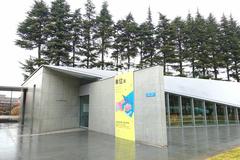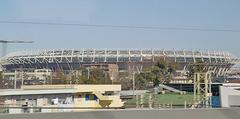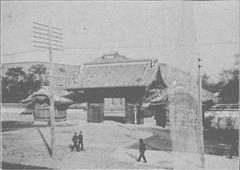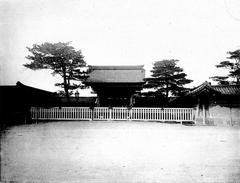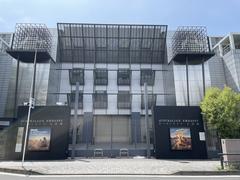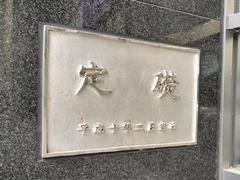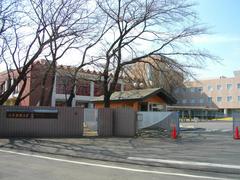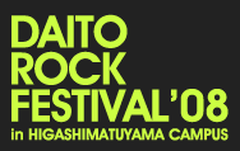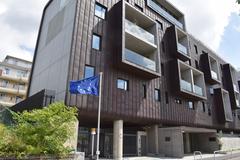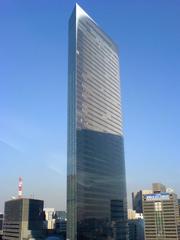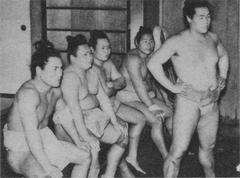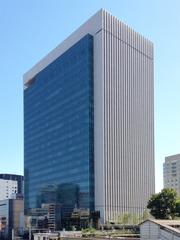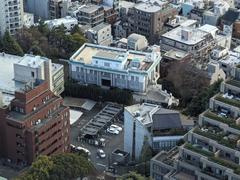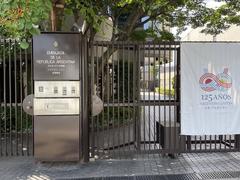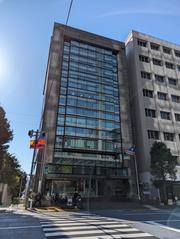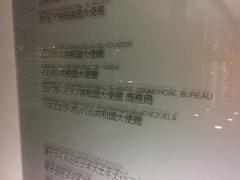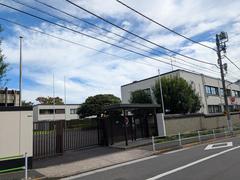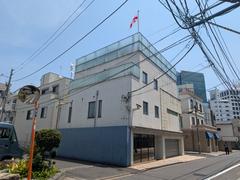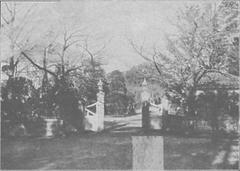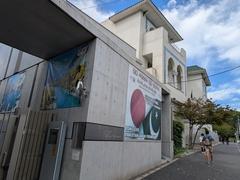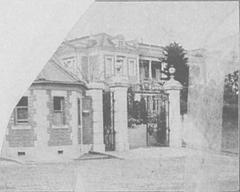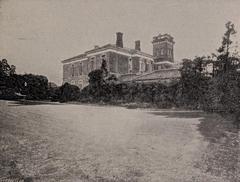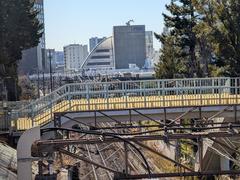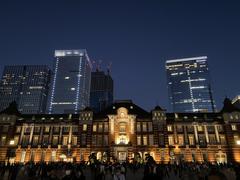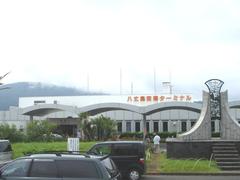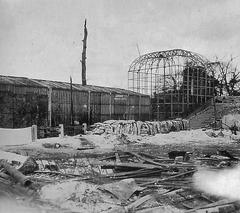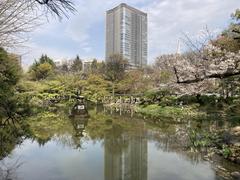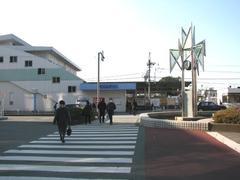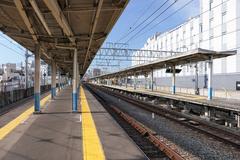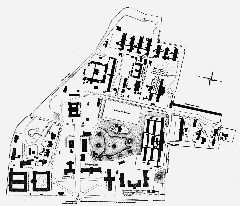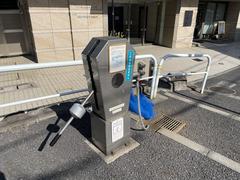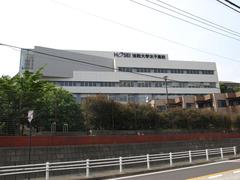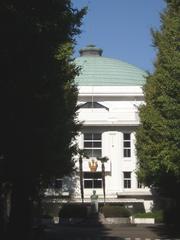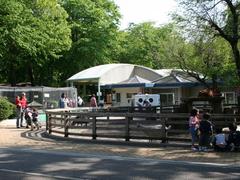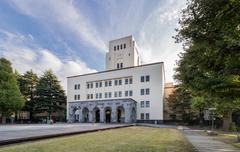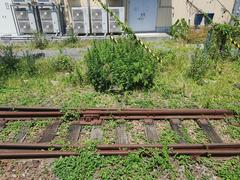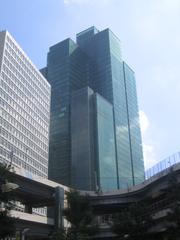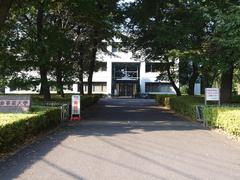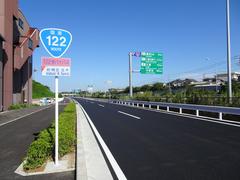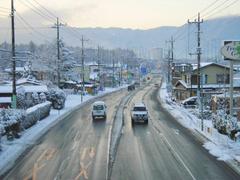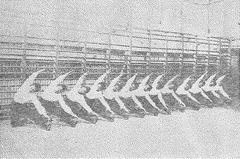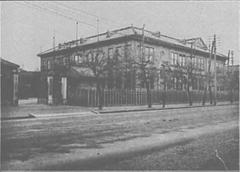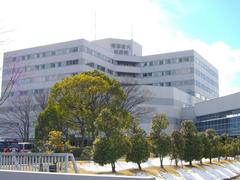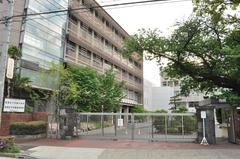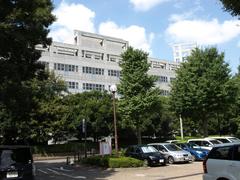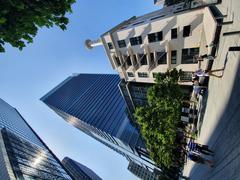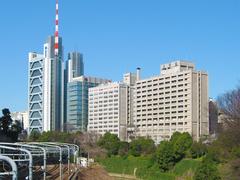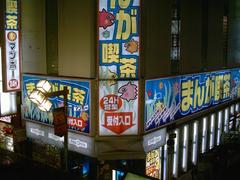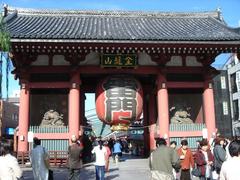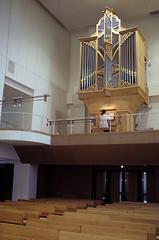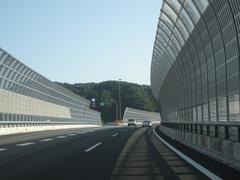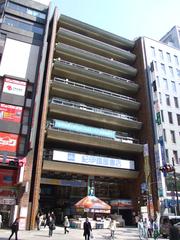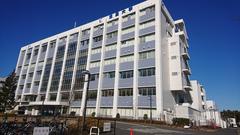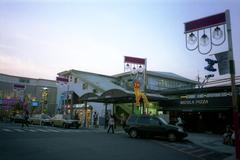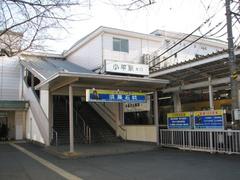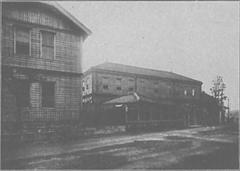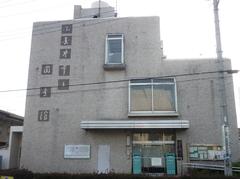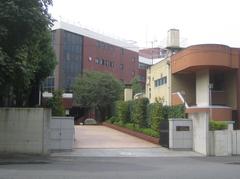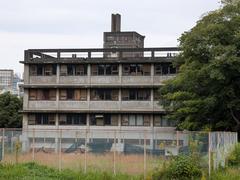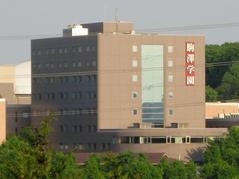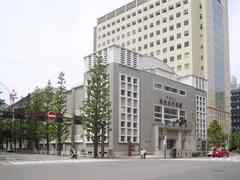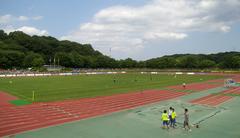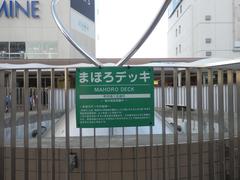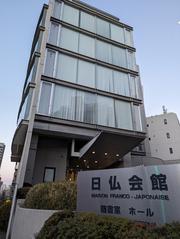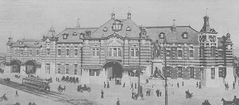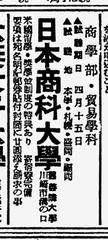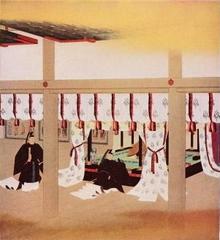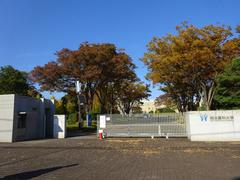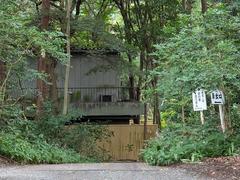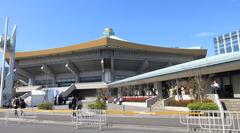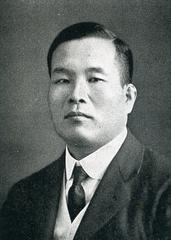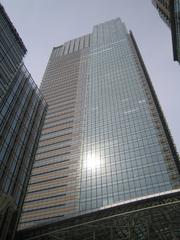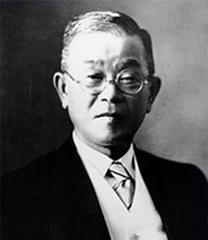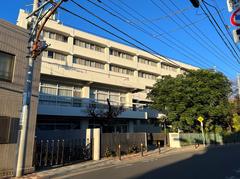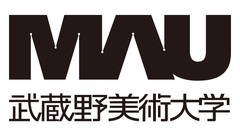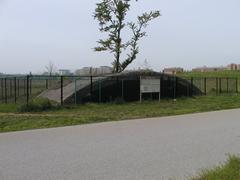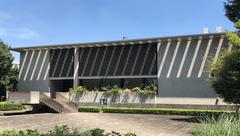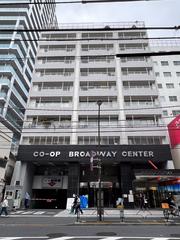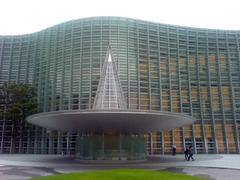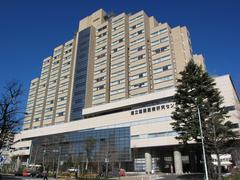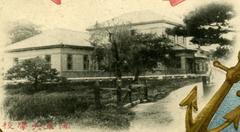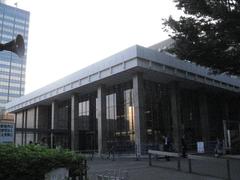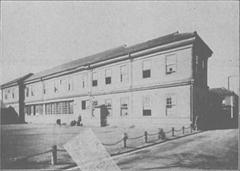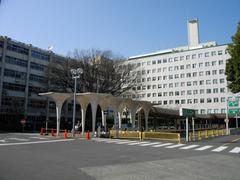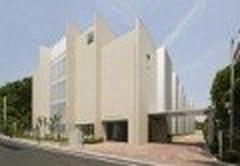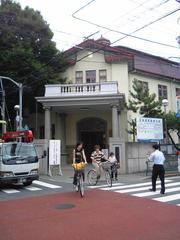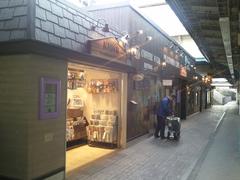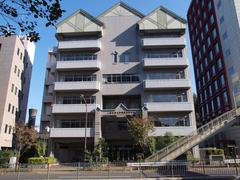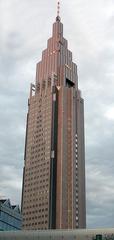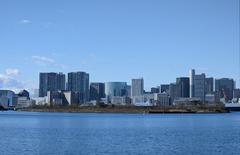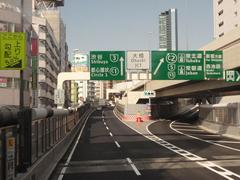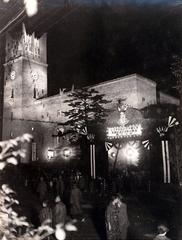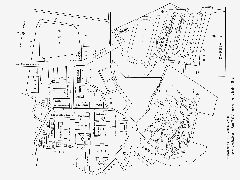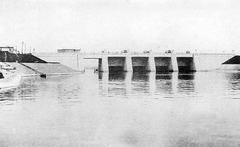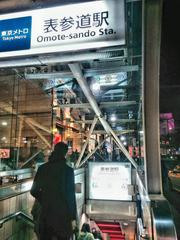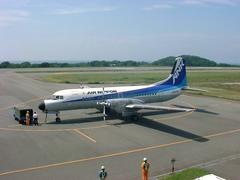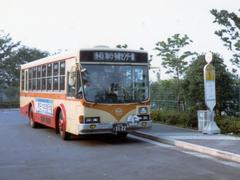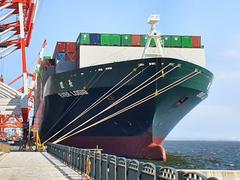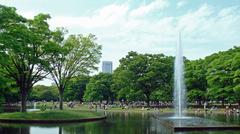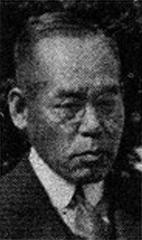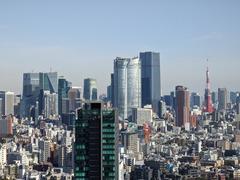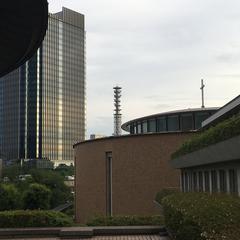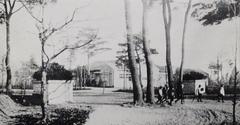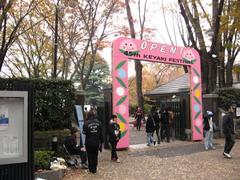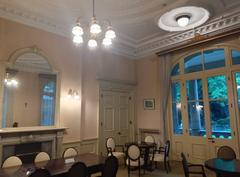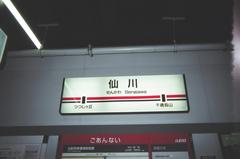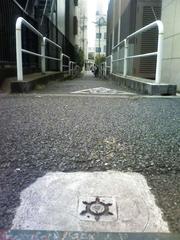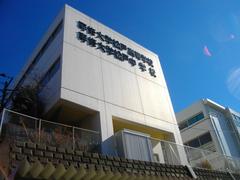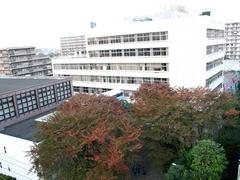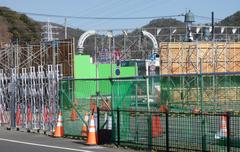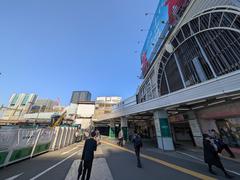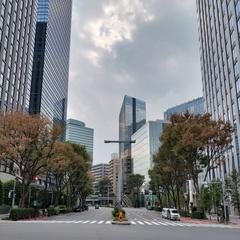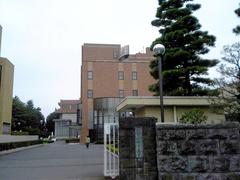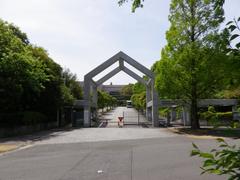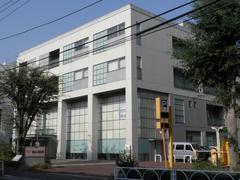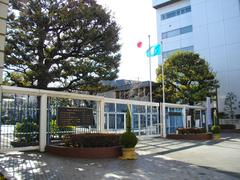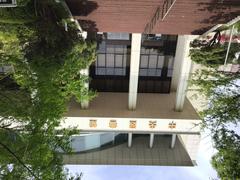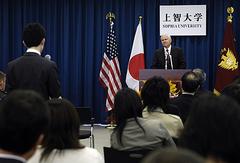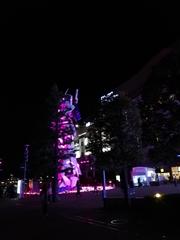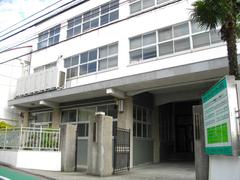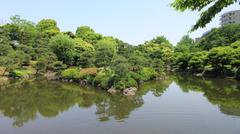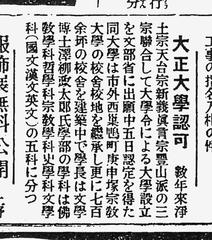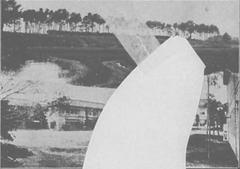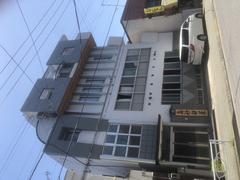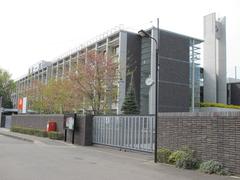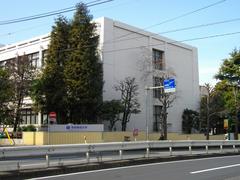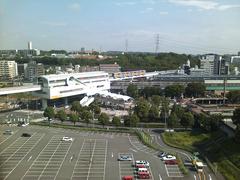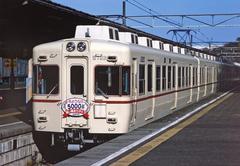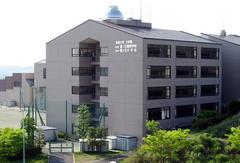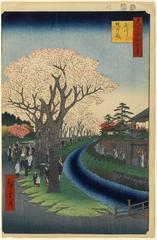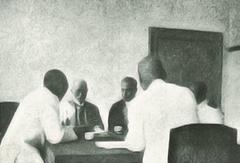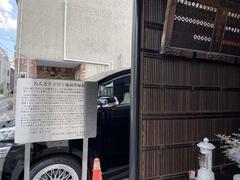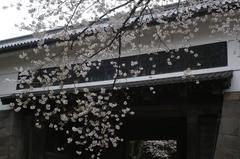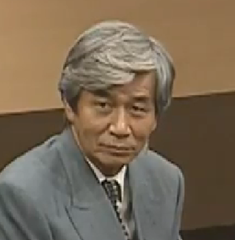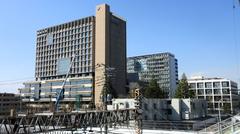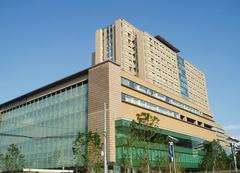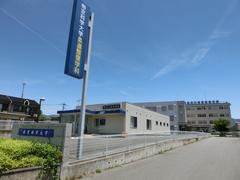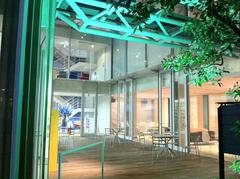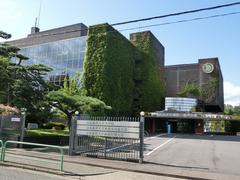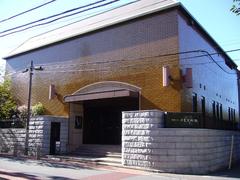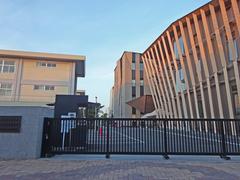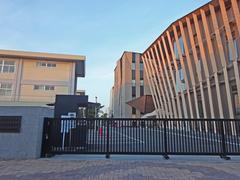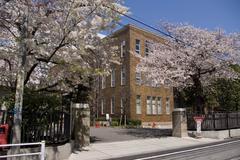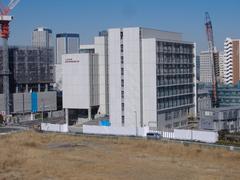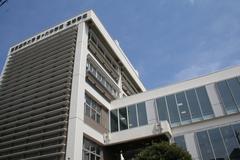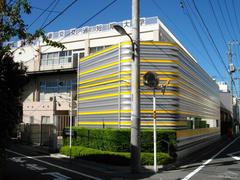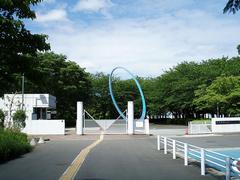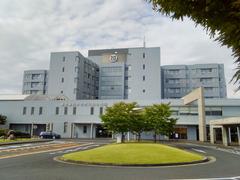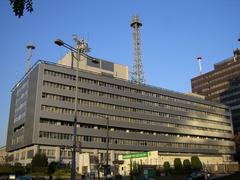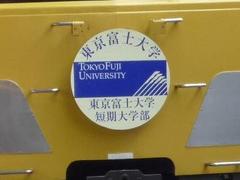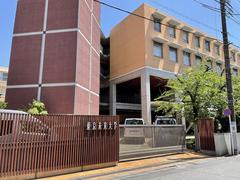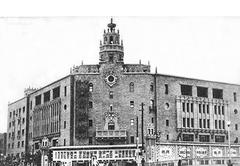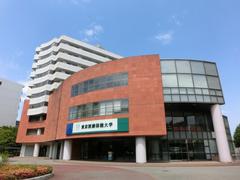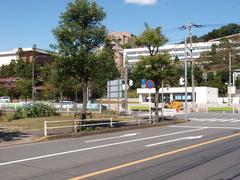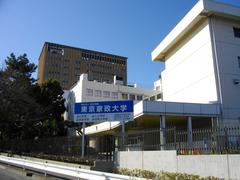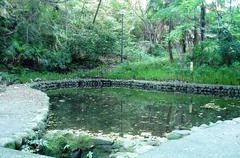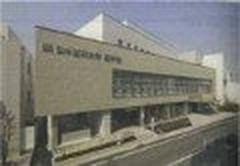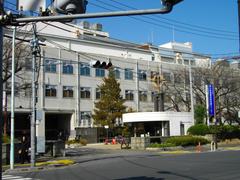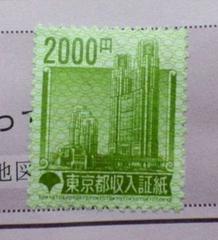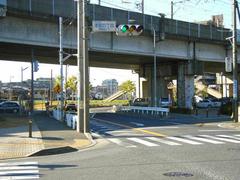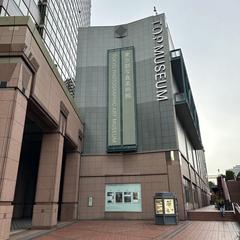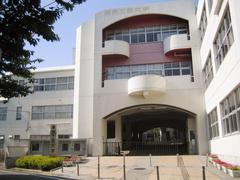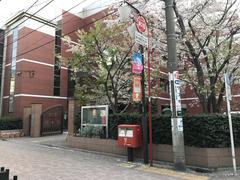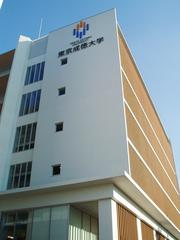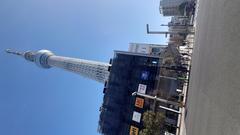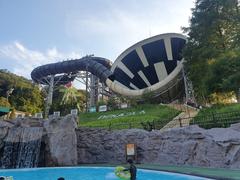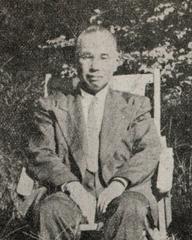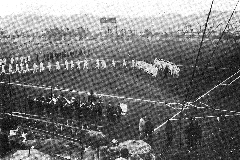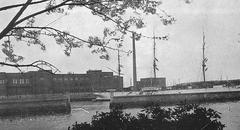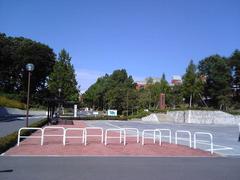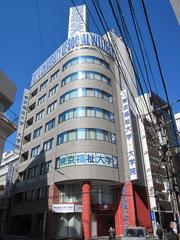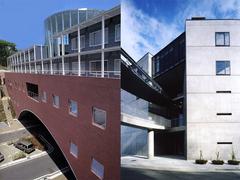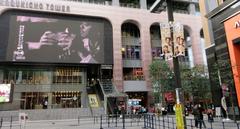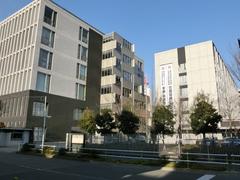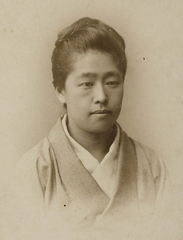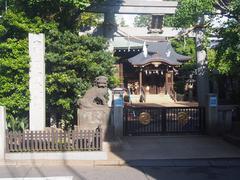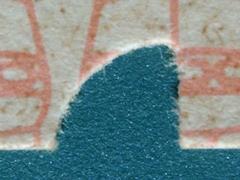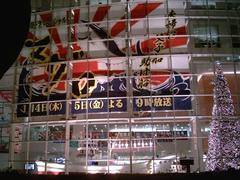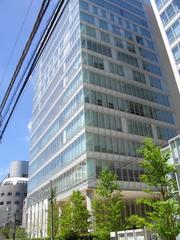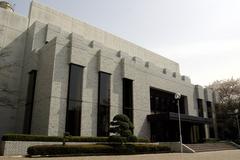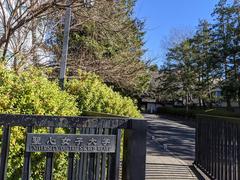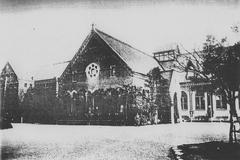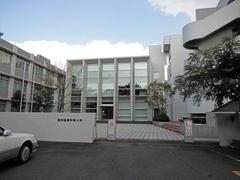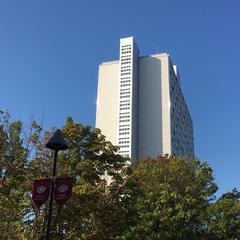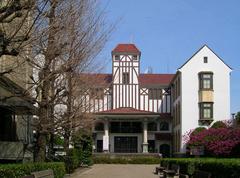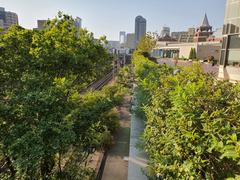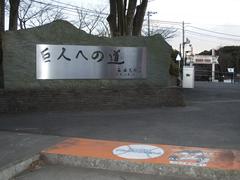Comprehensive Guide to Visiting Sunshine Bus Terminal, Tokyo, Japan
Date: 19/07/2024
Introduction
The Sunshine Bus Terminal, known in Japanese as サンシャインバスターミナル, is a key transportation hub located in the vibrant Ikebukuro district of Tokyo, Japan. Established as part of the Sunshine City complex, the terminal plays a crucial role in facilitating the movement of both locals and tourists within Tokyo and to other regions of Japan. Sunshine City, which opened in 1978 on the former site of Sugamo Prison, is a multi-use development comprising shopping centers, office buildings, an aquarium, and a planetarium (Sunshine City). The terminal itself has evolved significantly over the years, adapting to the growing transportation needs of the area. This guide provides a comprehensive overview of the Sunshine Bus Terminal, covering its rich history, strategic importance, architectural advancements, and essential information visitors need. Whether you’re a daily commuter or a tourist exploring Tokyo, understanding the terminal’s features and services can enhance your travel experience.
Table of Contents
- Introduction
- History of サンシャインバスターミナル (Sunshine Bus Terminal)
- Visitor Information
- Nearby Attractions
- Future Prospects
- FAQ
- Conclusion
History of サンシャインバスターミナル (Sunshine Bus Terminal)
Origins and Development
The サンシャインバスターミナル (Sunshine Bus Terminal) is part of the larger Sunshine City complex, a multi-use development that includes shopping centers, office buildings, an aquarium, and a planetarium. The complex was constructed on the site of the former Sugamo Prison, demolished in 1971. Development of Sunshine City began shortly thereafter, with the complex officially opening in 1978. The bus terminal itself was established to serve the increasing transportation needs of the area, which was rapidly becoming a major commercial and entertainment hub.
Strategic Importance
The strategic importance of the Sunshine Bus Terminal cannot be overstated. Ikebukuro is one of Tokyo’s major transportation hubs, and the terminal plays a crucial role in facilitating the movement of people within the city and to other regions. The terminal connects with various bus lines that serve both local and long-distance routes, making it an essential part of Tokyo’s extensive public transportation network. The terminal’s location within Sunshine City also makes it a convenient point for tourists and locals alike, providing easy access to a variety of amenities and attractions.
Architectural Evolution
The architectural design of the Sunshine Bus Terminal has evolved over the years to accommodate the growing number of passengers and the increasing complexity of transportation needs. Initially, the terminal featured a straightforward design with basic amenities. However, as the number of users grew, so did the need for a more sophisticated infrastructure. In the early 2000s, the terminal underwent significant renovations to modernize its facilities. These renovations included the addition of more bus bays, improved waiting areas, and enhanced accessibility features to cater to passengers with disabilities.
Technological Advancements
In recent years, the Sunshine Bus Terminal has embraced technological advancements to improve the passenger experience. The terminal now features digital information boards that provide real-time updates on bus schedules and routes. Additionally, the introduction of electronic ticketing systems has streamlined the boarding process, reducing wait times and improving overall efficiency. These technological improvements have made the terminal more user-friendly and have helped to manage the high volume of passengers more effectively.
Cultural Significance
The Sunshine Bus Terminal holds cultural significance as part of the larger Sunshine City complex, which is a landmark in Tokyo. Sunshine City is home to several attractions that draw both locals and tourists, including the Sunshine Aquarium, the Sunshine 60 Observatory, and the Ancient Orient Museum. The bus terminal serves as a gateway to these attractions, making it an integral part of the visitor experience. The terminal’s role in facilitating access to these cultural sites underscores its importance in the broader context of Tokyo’s urban landscape.
Economic Impact
The economic impact of the Sunshine Bus Terminal is substantial. By providing efficient transportation services, the terminal supports the local economy by facilitating the movement of people to and from Ikebukuro. This, in turn, boosts local businesses, including retail shops, restaurants, and entertainment venues within Sunshine City and the surrounding area. The terminal also plays a role in supporting tourism, as it provides a convenient transportation option for visitors exploring Tokyo and its many attractions.
Visitor Information
Ticket Prices
Ticket prices for buses departing from the Sunshine Bus Terminal vary depending on the destination and bus operator. It is advisable to check the official website or contact the terminal directly for the most up-to-date information on ticket prices (Japan Bus Online).
Visiting Hours
The Sunshine Bus Terminal operates from early morning until late at night. Specific operating hours may vary based on bus schedules and terminal services. It is recommended to check the official website for current operating hours (Sunshine City).
Travel Tips
- Plan Ahead - Check bus schedules in advance to avoid long wait times.
- Electronic Tickets - Utilize electronic ticketing options for a smoother boarding process.
- Amenities - Take advantage of the amenities within Sunshine City while waiting for your bus.
- Accessibility - The terminal is equipped with features to assist passengers with disabilities.
Nearby Attractions
- Sunshine Aquarium - A popular attraction featuring a variety of marine life.
- Sunshine 60 Observatory - Offers panoramic views of Tokyo from the 60th floor.
- Ancient Orient Museum - Showcases artifacts from ancient civilizations.
Future Prospects
Looking ahead, the Sunshine Bus Terminal is poised for further development and modernization. Plans are in place to expand the terminal’s capacity to accommodate the growing number of passengers. Additionally, there are ongoing efforts to integrate more sustainable practices into the terminal’s operations, such as the introduction of electric buses and the implementation of energy-efficient technologies. These initiatives aim to enhance the terminal’s functionality while minimizing its environmental impact.
Conclusion
The history of the Sunshine Bus Terminal is a testament to its enduring importance in Tokyo’s transportation network. From its origins as part of the Sunshine City complex to its current role as a major transportation hub, the terminal has continually evolved to meet the needs of its users. Its strategic location, architectural evolution, technological advancements, cultural significance, and economic impact all contribute to its status as a vital component of Tokyo’s urban infrastructure. As the terminal continues to develop, it will undoubtedly remain a key player in the city’s transportation landscape.
FAQ
Q: What are the opening hours of the Sunshine Bus Terminal?
A: The Sunshine Bus Terminal operates from early morning until late at night. Specific operating hours may vary based on bus schedules and terminal services. Check the official website for current operating hours.
Q: How much do tickets cost at the Sunshine Bus Terminal?
A: Ticket prices vary depending on the destination and bus operator. For the most accurate information, check the official website or contact the terminal directly.
